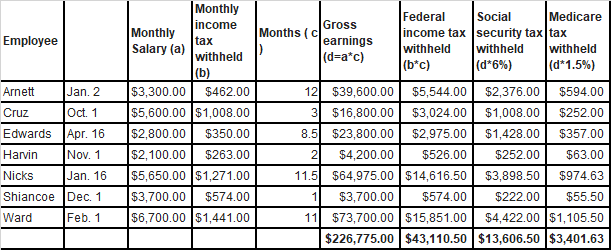Horizontal Analysis.
Horizontal analysis, also known as trend analysis, is a financial analysis technique that compares financial data over time to identify trends and patterns. In horizontal analysis, financial data for two or more periods is compared to determine the percentage change or difference between the periods.


Comments
Post a Comment